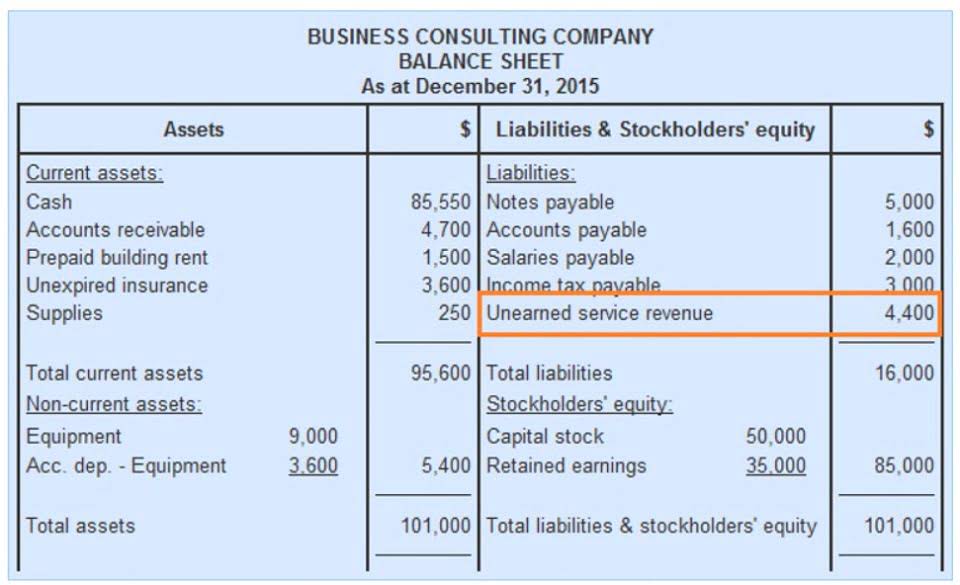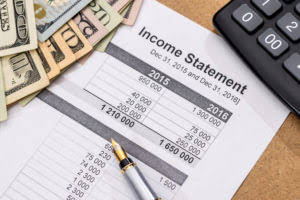
The method you use to value your inventory is determined by the accounting method you use to keep your books and records. The Loans Payable account (a liability) is increased, so it’s credited. I’m Akshat Yadav, the founder of AAM Courses, and dealer in accounting I’m committed to helping business professionals and future entrepreneurs deal with the complexities of finance and business. Equipped with an MBA and a love of the simplicity of business ideas, I aim to bring fresh ideas and practical guidance to every aspect.
Accounting Errors and Their Impact on Business
- One of the most significant areas of tax concern for car dealerships involves the management of sales tax.
- One critical aspect of internal controls is the segregation of duties, which involves dividing responsibilities among different employees to reduce the risk of unauthorized transactions and errors.
- In the event of a lease modification, the lessor should determine whether such a modification should be accounted for as a separate lease.
- Integrating advanced accounting software that specializes in accounting for car dealerships can enhance the accuracy of these forecasts, enabling better resource allocation and financial planning.
- The accounting for the cost of service is similar to the accounting for the cost of goods.
- The company’s accountant needs to determine the profit made on the sale of the cars.
If so, the accountant has to subtract the amount not paid from the original claim revenue. A dealership enters into a contract with a lender whenever a customer wants to cash flow use a loan from the lender to buy a vehicle. The entry for it is to record a receivable for the contract, since it takes a few days for the lender to forward funds to the dealership.

Accrual vs. Cash Accounting: What’s Best for Dealerships?

This buying and selling activity is what sets dealers apart from other business entities in the accounting world. In the context of DEALER, credits represent the sources of economic benefit, indicating where the benefit originates. This can include borrowing from a third party, personal investments, or revenue earned through product or service sales. On the other hand, debits represent the destinations of economic benefit, revealing where the benefit flows to. This can include distributing funds back to business owners, paying bills, or purchasing assets.

Revenue Management and Profit Analysis
- This cycle preserves liquidity and facilitates continuous operations and sales.
- Furthermore, reconciliation offers valuable insights into expenditure patterns, allowing dealership owners and managers to make informed decisions regarding budgeting and spending.
- The inventory turnover ratio measures how quickly a dealer sells its inventory.
- When you purchase the vehicle, enter an Expense that shows you paid a certain amount for the vehicle from the auto auction or whoever sold you the vehicle.
- A dealership that prioritizes the customer experience in the showroom tends to foster loyalty and increase sales.
- Effective accounting is crucial for maintaining accurate financial records, optimizing operations, and making informed business decisions.
Floor plan financing is a specialized type of loan used by car dealerships to finance their inventory. This arrangement allows dealerships to purchase vehicles from manufacturers or auctions without having to pay the full amount upfront. Instead, the lender pays the manufacturer, and the dealership repays the lender as the vehicles are sold. This financing method is essential for maintaining a diverse and appealing inventory without straining the dealership’s cash flow.

The balance sheet, for instance, provides a snapshot of the dealership’s assets, liabilities, and equity at a specific point in time. This statement is crucial for assessing the dealership’s financial stability and solvency. By comparing current assets to current liabilities, accountants can determine the dealership’s ability to meet short-term obligations. This analysis is vital for maintaining healthy relationships with creditors and ensuring the dealership’s long-term viability. Given the complexity of automotive transactions and inventory management, accurate accounting practices are essential. This article delves into the multifaceted responsibilities of dealership accountants and explores how they contribute to robust financial reporting and compliance.
- It helps them understand the profitability of each sale and make necessary adjustments to improve overall financial performance.
- Dealerships must adhere to Generally Accepted Accounting Principles (GAAP) or International Financial Reporting Standards (IFRS), depending on their location.
- By maximizing allowable deductions, dealership accountants can reduce the dealership’s taxable income and minimize its tax liability.
- Instead, it recognises a lease receivable equivalent to the net investment in the lease.
- Dealerships must carefully assess these incentives to determine whether they should be recognized as a reduction in the transaction price or as separate income.
- Dealerships must carefully track inventory levels, value inventory accurately, and employ appropriate costing methods to determine the cost of goods sold.
- Set your business up for success with our free small business tax calculator.
Dealership Expenses
It serves as the foundation for decision-making, cost control, and monitoring overall performance. Without robust accounting practices, dealerships risk running into financial difficulties, inventory imbalances, and compliance issues. Understanding what dealer stands for in accounting is essential for anyone involved in the business of buying and selling goods or securities. Dealers play a significant role Record Keeping for Small Business in the economy and must adhere to specific accounting principles and guidelines to maintain financial stability and success.


